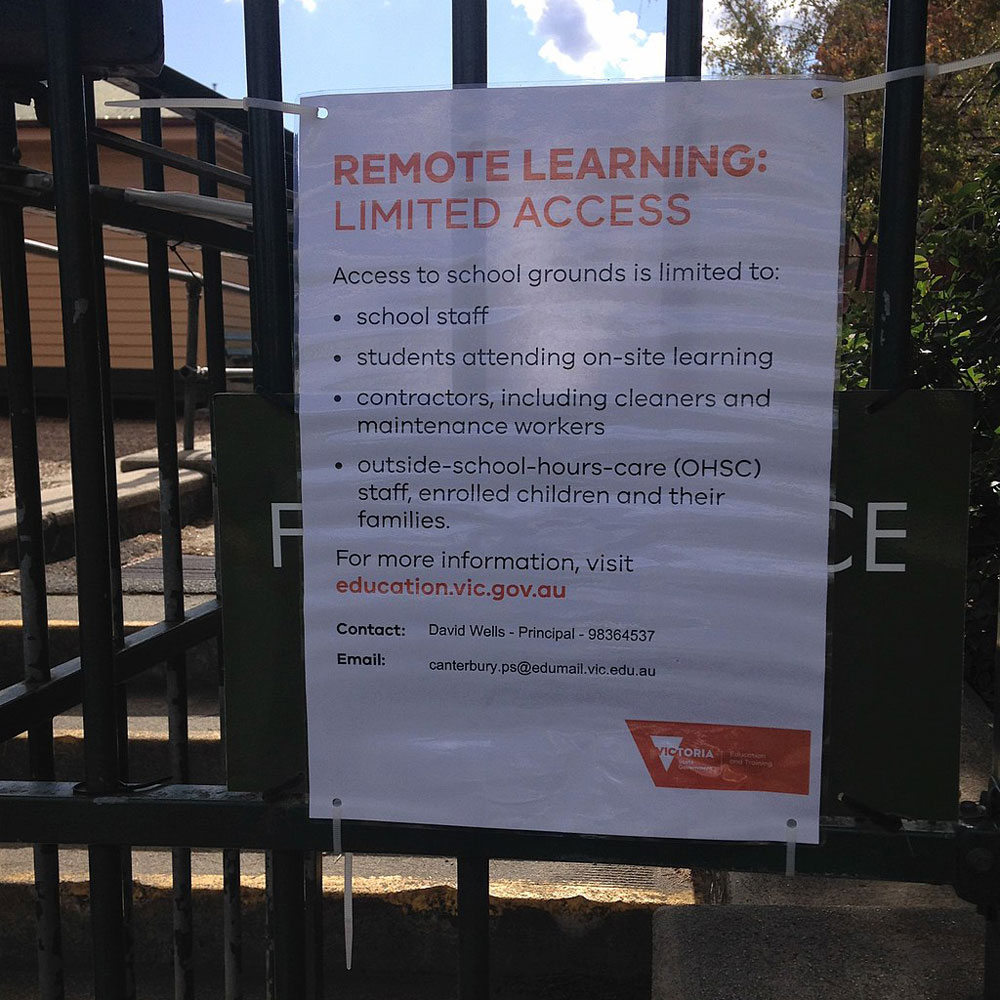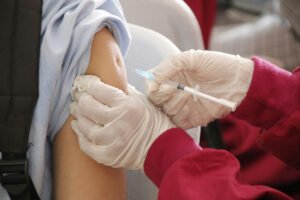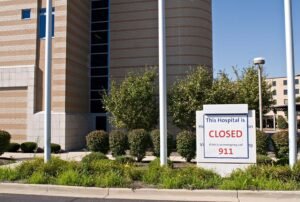
September 11, 2020; New York Times
At this point, most K-12 public school districts around the country have restarted instruction. Getting precise numbers is difficult, but, according to one August estimate, a little over half of all K-12 students are in all-virtual instruction, a quarter have in-person classes, and a little less than a quarter have “hybrid” instruction of some kind. As highlighted in NPQ last month, the social and educational implications of this are sure to be profound, even if how it will play out remains unknown.
Bottom line: remote instruction, in whole or part, remains the norm this fall. In the New York Times, Emily Bazelon interviews five experts to survey the impacts. The people she interviews are Susana Cordova, superintendent of Denver public schools; Nikole Hannah-Jones, creator of The 1619 Project; John B. King, Jr., CEO of Education Trust and former US secretary of education; Pedro Noguera, dean of education of the University of Southern California; and Susan V. White, a computer science teacher for 200 students at a middle school in the Atlanta public school system.
Among the impacts observed to date are the following:
- Declining enrollment: Los Angeles, the second-largest public school district in the nation, is reporting a 14-percent decline in kindergarten enrollment. As Bazelon explains, this is “a drop that school officials attribute to the difficulty families have supporting online learning full time at home.”
- Impact on academic performance and equity: Remote instruction has resulted in declines in attendance, with the greatest decline concentrated among low-income students and students of color. Noguera observes, “On average, when children miss school, that has a negative impact on their performance. It’s most noticeable in the early grades with respect to reading, and in the older grades in math. And for kids with learning disabilities, it’s noticeable across the board, because those kids require more intensive direct support.”
- Teacher training shortfalls: As Noguera notes, “Many of our teachers have not been prepared on how to entice kids into learning remotely, how to get kids engaged so they want to show up.…There are resources out there. Yet in a lot of districts, I’ve spoken to teachers who aren’t getting them. We’ve been much more focused on the logistics than on the substance.”
In terms of pedagogy, some school districts are taking positive steps. For instance, in Atlanta, White notes, “Some of our elementary schools are looping—having teachers stay with the group of kids they had last year into the new year” as a strategy to build on existing student-teacher relationships.
In Denver, Cordova says the district aims to facilitate regular student contact with teachers to maintain engagement. Speaking to the importance of connection, Cordova observes that, “Teachers have told me they had some kids who came to their online office hours in the spring who never asked a question. They just wanted to be around somebody while they were doing work. And they’d look up every now and then to make sure the teacher was still there.” Cordova adds that curriculum is being adjusted too for the online environment, with a focus on covering fewer topics in greater depth.
Sign up for our free newsletters
Subscribe to NPQ's newsletters to have our top stories delivered directly to your inbox.
By signing up, you agree to our privacy policy and terms of use, and to receive messages from NPQ and our partners.
King highlights a few best practices that he has seen in his organization’s monitoring of school policies nationwide. Phoenix Union High School District in Arizona, he says, had an adult within the district reach out daily to every student in the system. King also lifts up a San Antonio school district that is offering workshops for parents on how families can support their kids’ learning. In the Baltimore city school district, King notes, some teachers are engaging in team teaching, whereby “a teacher who is really good at presenting content to students online does that, and then other teachers on the team provide direct support, by tutoring, coaching, and mentoring students.”
There are some, alas, “worst practices,” too—such as an Atlanta public school policy that White says means teachers are “not allowed to use breakout rooms, and children are not allowed to talk on Zoom freely.” And in Denver, Cordova says, her district faces a $65-million budget cut.
“The intensity of need has just skyrocketed, and I have to cut, and this is after a couple of years of reductions already. How in the world do we square that?” Cordova asks.
Of course, as with any disruption, the current crisis creates opportunity for improvement too. Last month, NPQ quoted Philadelphia school teacher Dr. Elana Evans, who highlighted the opening for more democratic education. “For years,” she told NPQ, “we have had desks lined up in a row. Teacher gives, students receive. And that’s it. Right now, everybody is on the same playing field. There is reciprocal learning going on where students are teachers and teachers are students.”
Some of the contributors to the New York Times discussion shared similar thoughts. For instance, Hannah-Jones observes there is an opportunity to “rethink a lot of the ways that we’ve been offering education in this country. What if we said, ‘We’re not going to do high-stakes testing anymore’?”
Former education secretary King made a similar observation: “Schools over-police kids. Students often don’t see themselves reflected in the curriculum. They spend time in classrooms being ignored or admonished. So, for me, the priority is to humanize education.”—Steve Dubb











